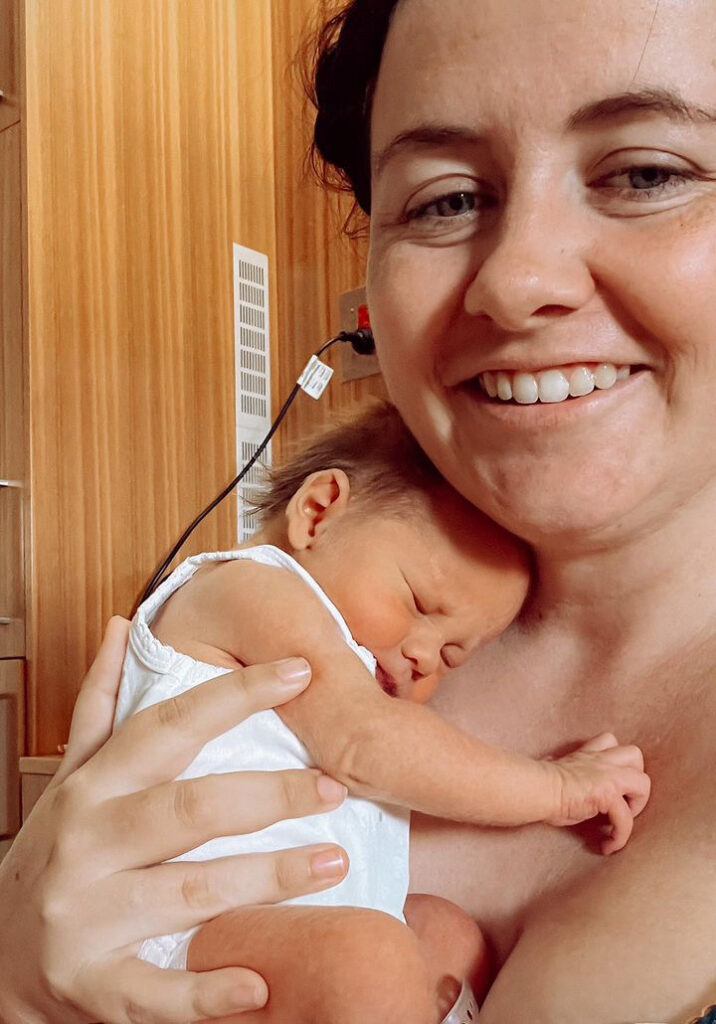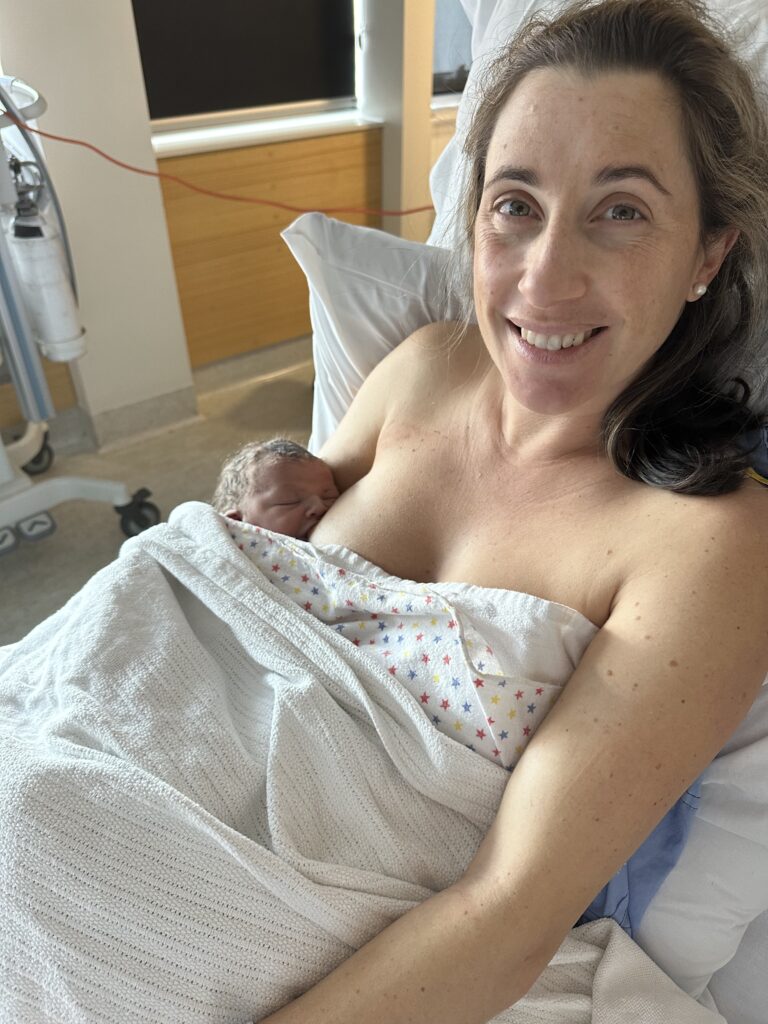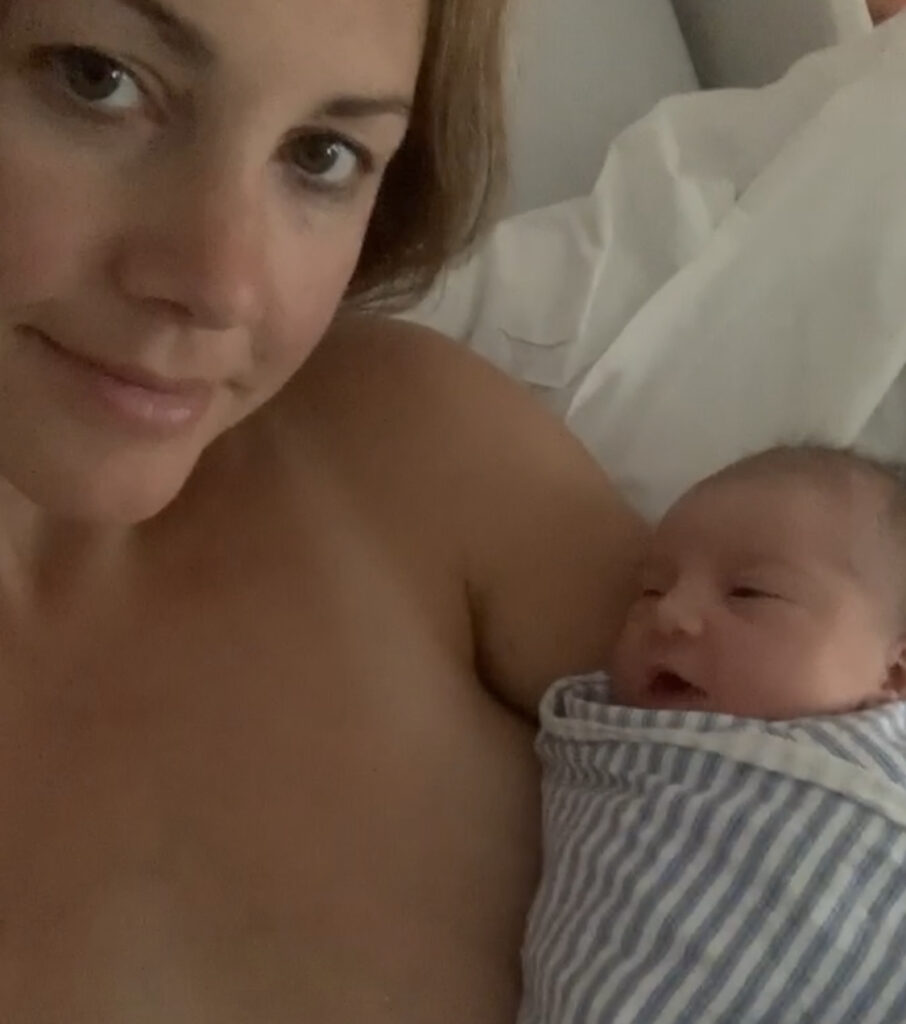Real Stories Shared
On The Podcast
Placenta Previa
Discover the Australian Birth Stories podcast where Australian women share the often unpredictable adventure of pregnancy and their unique birth experiences. Over 300 women bare all to discuss their conception and pregnancy journey, choosing a care provider, birth education and preparation, vaginal birth, c-sections and caring for a newborn whilst navigating postpartum.
Explore
- Acupressure
- Acute fatty liver of pregnancy
- Advanced maternal age
- Autoimmune Disease
- Babies with special needs
- Baby loss and still birth
- Birth centre births
- Birth trauma
- Breastfeeding
- Breech
- Caesarean sections
- Calmbirth
- Chronic illness
- Covid birth
- Donor Conceived
- Doula
- Ectopic pregnancy
- En caul
- Endometriosis
- Epidural
- First Trimester
- Gestational diabetes
- Heart condition
- Heterotopic pregnancy
- Home birth
- Hyperemesis gravidarum
- Hypnobirth
- Identical Twins
- Incompetent cervix
- Induced lactation
- Inductions
- Intervention free
- IVF/Fertility treatment
- Marginal cord insertion
- Mastectomy
- Maternal assisted c-section
- Maternal assisted caesareans
- Mental Health
- MGP
- Miscarriage
- MRKH
- MS
- Multiples
- Neurodivergent
- NIPT
- None
- PCOS
- Perineal trauma
- Placenta Previa
- Post Partum Haemorrhage (PPH)
- Postnatal Anxiety
- Postpartum
- Postpartum Uncovered Mini Series
- Pre and postnatal depression and anxiety
- Preeclampsia
- Pregnancy Gift Guide
- Preterm birth
- Prolapse
- Queer Couples
- Retained Placenta
- Second infertility
- Solo parenthood
- Spontaneous labour
- Student midwife
- Subchorionic haematoma
- Surrogacy
- Teenage pregnancy
- Termination
- Trisomy 13
- Type 1 diabetes
- Undiagnosed pregnancy
- Vaginismus
- VBAC
- Waterbirth
Join the conversation
Sign up to get the latest updates, freebies, podcast releases straight into your inbox
Discover More
@AustralianBirthStories
Follow along with us
@AustralianBirthStories
Follow along with us
@AustralianBirthStories
Follow along with us
@AustralianBirthStories
Follow along with us
@AustralianBirthStories
Follow along with us
@AustralianBirthStories
Follow along with us
@AustralianBirthStories
Follow along with us
@AustralianBirthStories
Follow along with us
@AustralianBirthStories
Follow along with us
@AustralianBirthStories
Follow along with us
@AustralianBirthStories
Follow along with us
@AustralianBirthStories
Follow along with us











